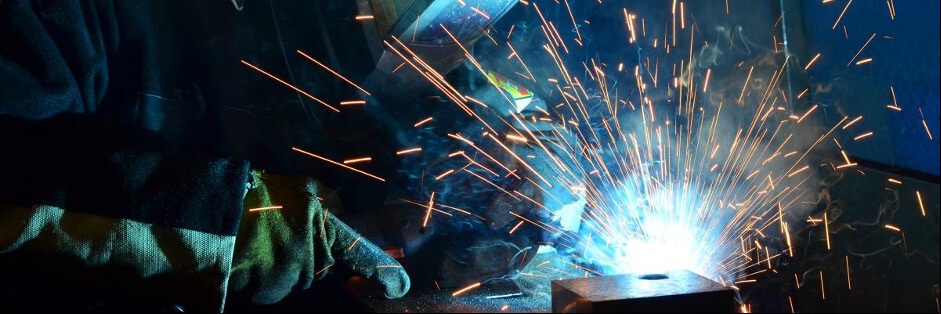Hand-Arm Vibration Syndrome (HAVS)

Hand-Arm Vibration Syndrome (HAVS) is a permanent and potentially disabling condition and almost 2 million people are at risk in the UK alone.
There are two main conditions that can be caused by HAVS: Vibration White Finger and Carpel Tunnel Syndrome. Although cases reported by HSE are declining, there are still new claims for both conditions noted in the 2018 report.
- 180 New claims for Vibration White Finger in 2018
- 145 New claims for Carpal Tunnel Syndrome in 2018
The industries most susceptible to HAVS are Construction, Electricity, Gas and Water Supply, and Manufacturing.
We caught up with Stuart Halliday, a CMIOSH HSE professional, who works with the Mintra team to advise on our Health and Safety courses and ensure that our course content is both compliant with industry standards and relevant to our end users. He gives us some insight into his experience of HAVS in the Oil & Gas industry.
Have you ever experienced a situation/incident that involved HAVS?
Yes, although in the main these have been employees who have come from other industries which have a greater exposure to HAVS tool use.
How could this incident have been altered by a better understanding of HAVS?
Many of these employees completed apprenticeships and worked for years in heavy industry where the exposures were poorly managed at best. Had the employers taken steps to limit the exposures, these debilitating injuries could have been avoided.
How does HAVS affect the Oil & Gas industry in general?
The O&G sector has been working to reduce the exposure of HAVS-type injuries for years, and thankfully we now have a well-educated workforce who know the hazards and how to control them. This has resulted in relatively few new cases being seen.
When are you most likely to see HAVS incidents?
Only during large turnarounds or projects are we likely to see high levels of exposure. During these types of work scopes there are generally more supervisors and HSE personnel on the sites that can monitor compliance with the HAVS requirements of the site/client.
What advice on HAVS would you give to anyone working in the industry?
Always follow the rules and check how long you can use the tool. If there is an alternative way of doing the job explore those options beforehand. Try and accurately record trigger time, not the whole time on the job. This will provide you with a realistic vibration dose.
What could the Oil & Gas industry do to minimise the risk of incidents resulting in a potential HAVS condition?
The industry already does a lot: some companies have taken the estimation out of recoding by using electronic measuring devices - with mixed results, it would be fair to say. Procurement teams should always keep up to speed with developments in low HAVS models of tools used. The education of new employees is always a good step.
How can the Mintra course help to achieve this?
This course will provide the worker with an understanding of what HAVS is and the type of industrial illnesses that they can be susceptible to when using power tools.
Can you recommend any other online resources or initiatives on HAVS?
http://www.hse.gov.uk/vibration/hav/vibrationcalc.htm
http://www.hse.gov.uk/vibration/hav/readyreckoner.htm
Mintra partners with industry experts to bring you unique insights and practical guidance on the critical topics affecting you and your sector.
Stuart Halliday CMIOSH a Chartered safety and health practitioner and Offshore Medic. Stuart has over 16 years' experience in the oil and gas industry in various roles and in challenging conditions around the world.
Find out more about our Hand-Arm Vibration Syndrome (HAVS) Training.
Insights & News
At Mintra, we're so much more than just a team—we're a force driving innovation and excellence in maritime training across Europe.
We’re excited to be taking the stage at one of Europe’s leading showcases of organisational learning.
We are delighted to share the exciting news that our People and Culture team has been shortlisted for the prestigious cHeRries Awards!